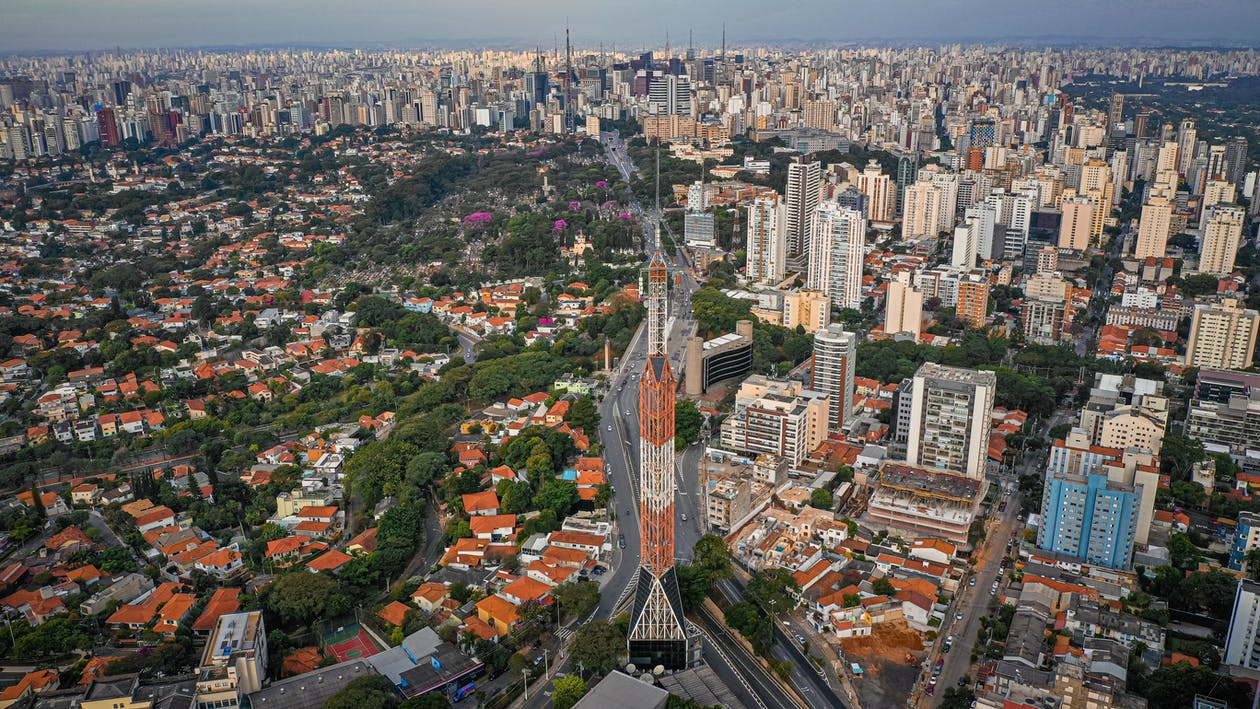Over the next 30 years, the expansion of cities will threaten global biodiversity unless we change the way that they are built. Greener cities can become part of the solution to the global biodiversity crisis.
The world is in the midst of a biodiversity crisis. Our actions threaten more plant and animal species with extinction than ever before, driven by habitat loss and overexploitation of the world’s resources. Over the next 30 years cities are set to become a vital battleground in the fight to save the world’s biodiversity.
As cities grow, natural habitats such as forests and wetlands near cities are at great risk of being cleared to make way for roads, houses and factories. When this happens the species that rely on those habitats are often lost.
Over the next 30 years the global urban population will swell by 2.5 billion people. That is roughly equivalent to the present-day population of China and the United States combined. Recent studies indicate that the global area of urban land could triple by 2050, making it one of the defining land-use trends of the next 30 years.
Given that we expect the urban environment to expand so much, how can we ensure that this does not lead to loss of biodiversity? A vital first step involves identifying the species most at risk, and to identify the cities that drive this risk. Armed with this knowledge, governments can put in place policies that could protect these species.
To forecast the impact of future cities we combined detailed habitat maps for over 30 thousand species of mammals, birds, amphibians and reptiles with predictions of the distribution of urban growth by 2050. This way we can predict the habitat loss driven by urban expansion for each species.
Our results revealed that a third of the 30 thousand species we assessed are predicted to lose habitat to urban growth. Up to 855 of these are predicted to be particularly threatened –where urban expansion is a key driver of a total habitat loss of 10% or more.
The species that are most affected are those that occur in rapidly urbanizing regions, particularly endangered and endemic species, and those that have lost substantial areas of habitat in the past. An example is the Javan Slow Loris, a tree-dwelling mammal found only on the Indonesian island of Java. Its habitat has been fragmented and lost to intensive agricultural and urban development. We estimate that it is likely to lose almost half of its remaining habitat by 2050, more than a quarter of which will be caused by urban land expansion.
Species predicted to be heavily impacted by urban growth can be found across the globe but are especially concentrated where rapid urban expansion occurs in biodiverse regions. These “impact hotspots” occur across the equatorial tropics in cities such as Guatemala City (Guatemala), Lagos (Nigeria), Colombo (Sri Lanka), Jakarta (Indonesia), Sao Paulo (Brazil) and many more.
Our predictions demonstrate the potential impact of cities on biodiversity. However, it is important to remember that they are only predictions. We have the capacity to build cities differently than we had in the past in order to avoid or minimize loss of biodiversity. In fact, cities can play a vital role in preserving global biodiversity.
To do this, sprawling, low density urban development must become a thing of the past. Well-planned compact cities require less space, meaning that fewer species are likely to be impacted. Additionally, incorporating nature into cities can soften the impact of urban land on the landscape by preserving species habitats within the urban boundary.
These changes would not only be great for biodiversity but would be great for people too. For example, more compact cities are more walkable, which reduces reliance on greenhouse gas-producing cars, and helps people be healthier and more active. Incorporating nature into cities can help keep them cooler and provides a refuge from city life that can improve people’s mental health.
Changing the way that cities are built will require a concerted effort on behalf of governments around the world. This challenge should not be underestimated. Many of the impact hotspots identified in our study are in regions where cities grow with little formal planning due to rapid urban population growth and a lack of government resources. However, it is vitally important for global biodiversity that cities are part of the solution.
Original Article:
Simkin, R. D., Seto, K. C., McDonald, R. I., & Jetz, W. (2022). Biodiversity impacts and conservation implications of urban land expansion projected to 2050. Proceedings of the National Academy of Sciences, 119(12). https://doi.org/10.1073/pnas.2117297119
 Earth & Space
Earth & Space



